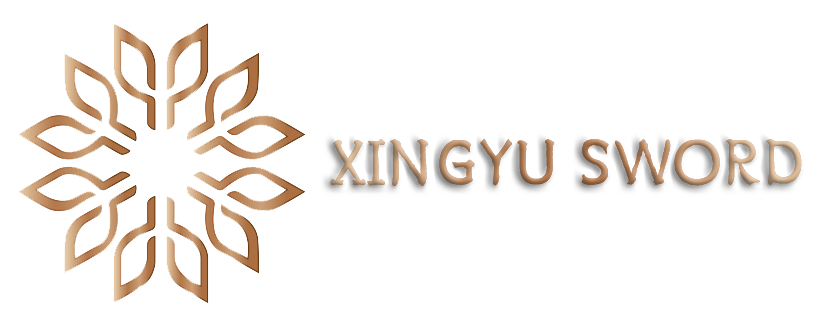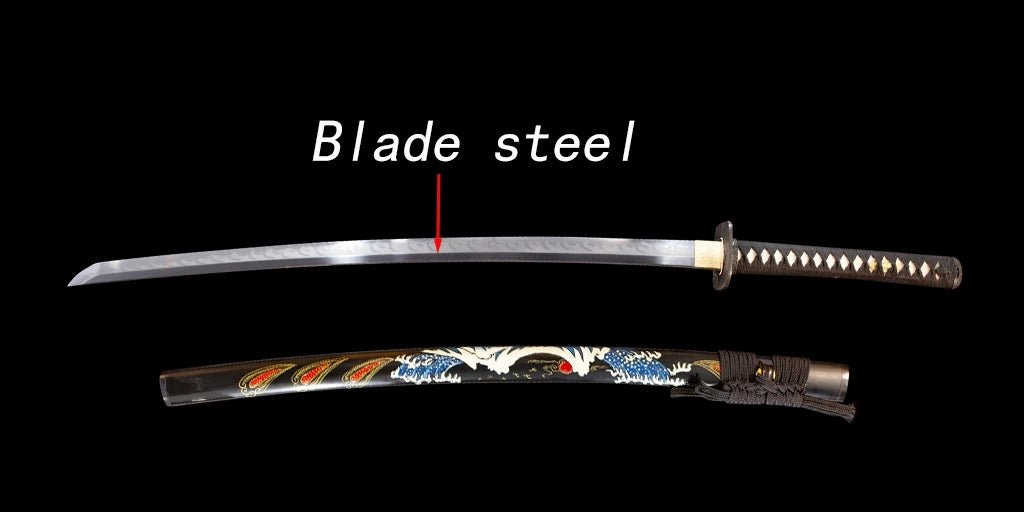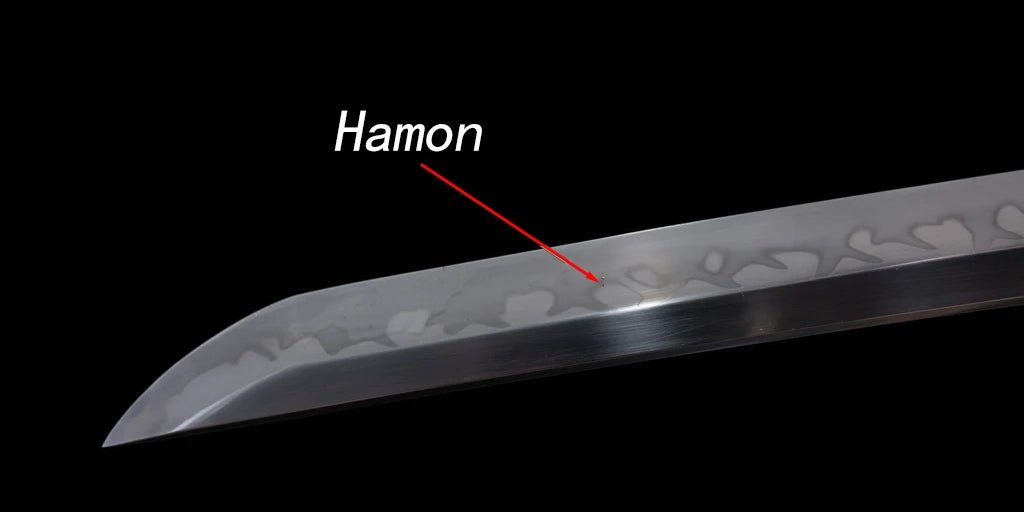What does boshi mean?
If you want to know what is boshi, first of all you need to know hamon. after repeated mixing, folding, forging, quenching, the knife body should be covered with a layer of soil, only the part of the blade is exposed, so that in the quenching of the knife blade direct contact with water, cooling fast and high hardness, the back of the knife part of the soil, cooling slow and low hardness, the demarcation line between the two, it is called "hamon". hamon".
In terms of scientific principles, the quenched hamon is a visible wiring between different metal crystal structures caused by different temperatures.
Hamon is divided into various shapes, some like pine bark, some like swirls of flowing water, some like the annual rings of wood, and some like puffy clouds, mountains, morning dew, evening sun, and waves, which vary in many different ways and have different appearances.
The hamon of the kassaki is called "boshi", different hamons have different boshi, and because there are so many different types of boshi, it has been compared to the face of a human being. Hardening the kissaki area requires considerable skill, so the shape of the boshi can be used to gauge the skill of the swordsmith and thus the value of the sword itself. A Japanese sword without a boshi is either a crude piece of work, or a kissaki that has been repaired or even altered in shape due to breakage; without a boshi, the hardness of the kissaki is unreliable, and the value of the sword is greatly diminished.

Types of Boshi
There are various terms for the shapes and condition of boshi, such as o-maru, ko-maru, midare-komi yakizume, ichi-mai, and so forth
OMARU:The hamon part is relatively large, and the style is to draw a large arc along the edge of the blade before turning back. This boshi with a shallow hamon edge and a large turning angle is called OMARU.
CHUMARU:The hamon amplitude is moderate, and the boshi bends back in an arc along the edge of the blade.
KOMARU:The hamon amplitude is ordinary, and the boshi that extends from the position of the yokote tendon to the blade tip and folds back at a small angle is called KOMARU.
MIDAREKOMI:There are different forms, whether SUGUHA or RANBA, they are all ranba style boshi that extend from the yokote tendon to the blade tip, and the specific judgment depends on the hamon style.
ICHIMAI:The entire kissaki is all hamon's boshi, mostly found in the more battle-ready koto period swords, which were used in actual combat to facilitate post-battle repair of kissaki damage by elevating the area of the kissaki's heat treatment.
JIZO:The name "jizo boshi" is derived from the fact that it resembles Jizo, the seated Bodhisattva, with the hamon hanging down around the yokote tendon and the hamon folding back in the shape of a ball toward the tip of the blade. This style of boshi is mostly found in the Mino tradition at the end of the Muromachi period.
HAKIKAKE:The name "HAKIKAKE" derives from the fact that the boshi, such as sunagashi and nie, dynamically extends along the hamon toward the tip of the blade, and the boshi does not look like a solid line, but rather like a broom sweeping up gravel.
KAEN: This is a style of kassaki with a hamon, which is named after the visual impression that the nie in the kissaki part is flowing toward the tip of the blade, resembling a blazing flame. This style of boshi appears in the works of "Yukimitsu" by Soshu-den in the Koto period and "Taima school" by Yamato-den.





Leave a comment
This site is protected by hCaptcha and the hCaptcha Privacy Policy and Terms of Service apply.